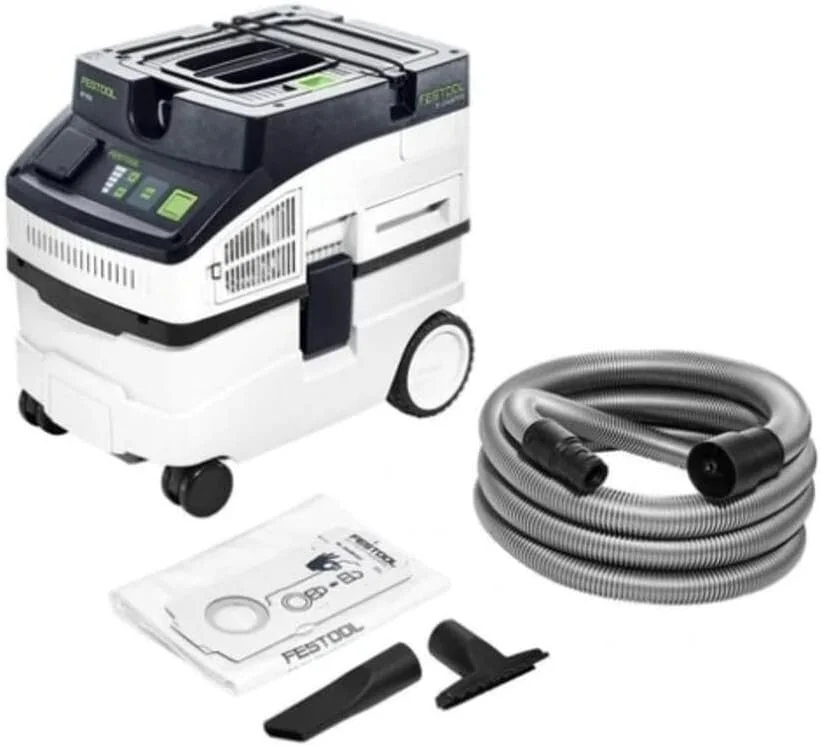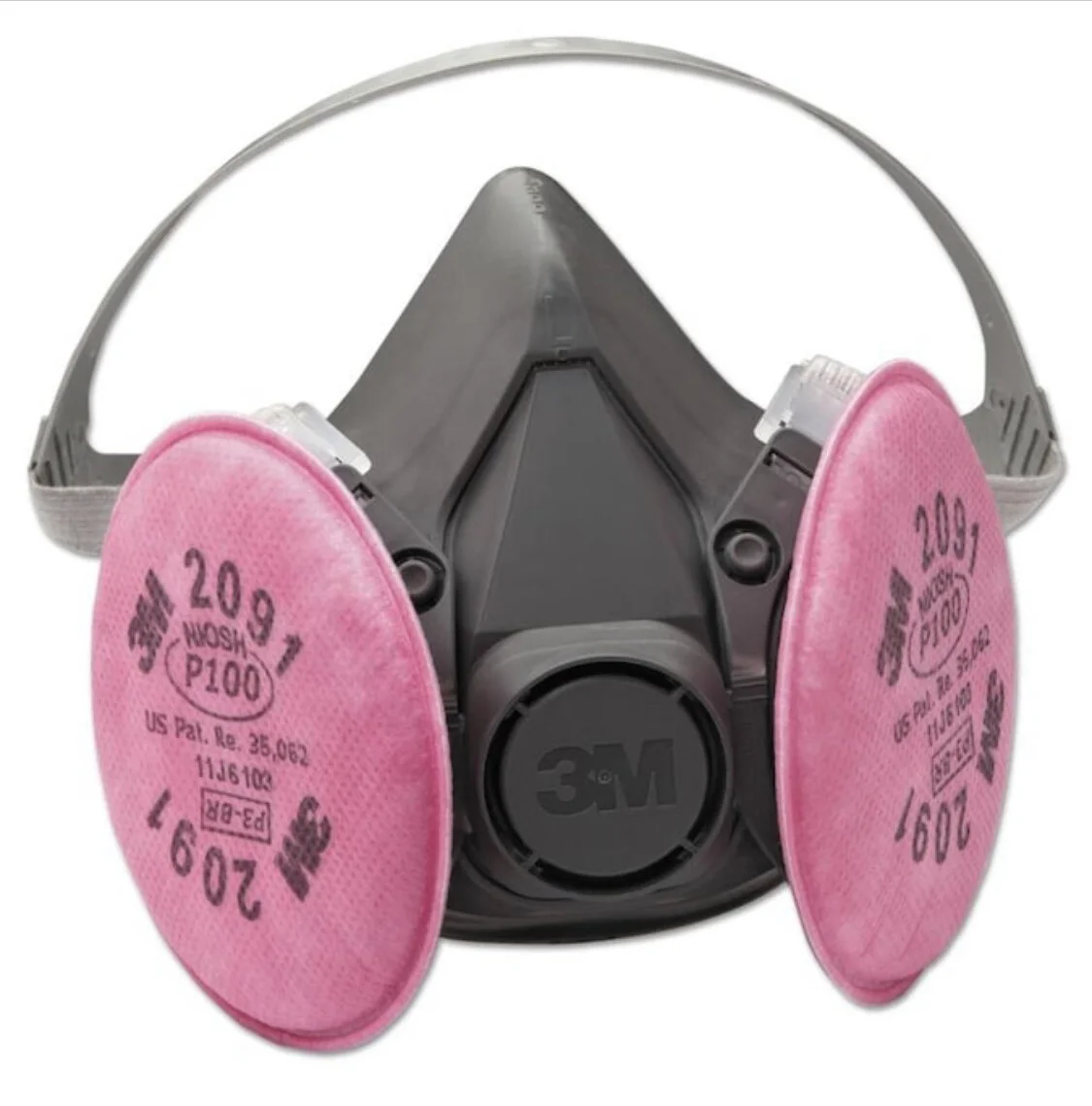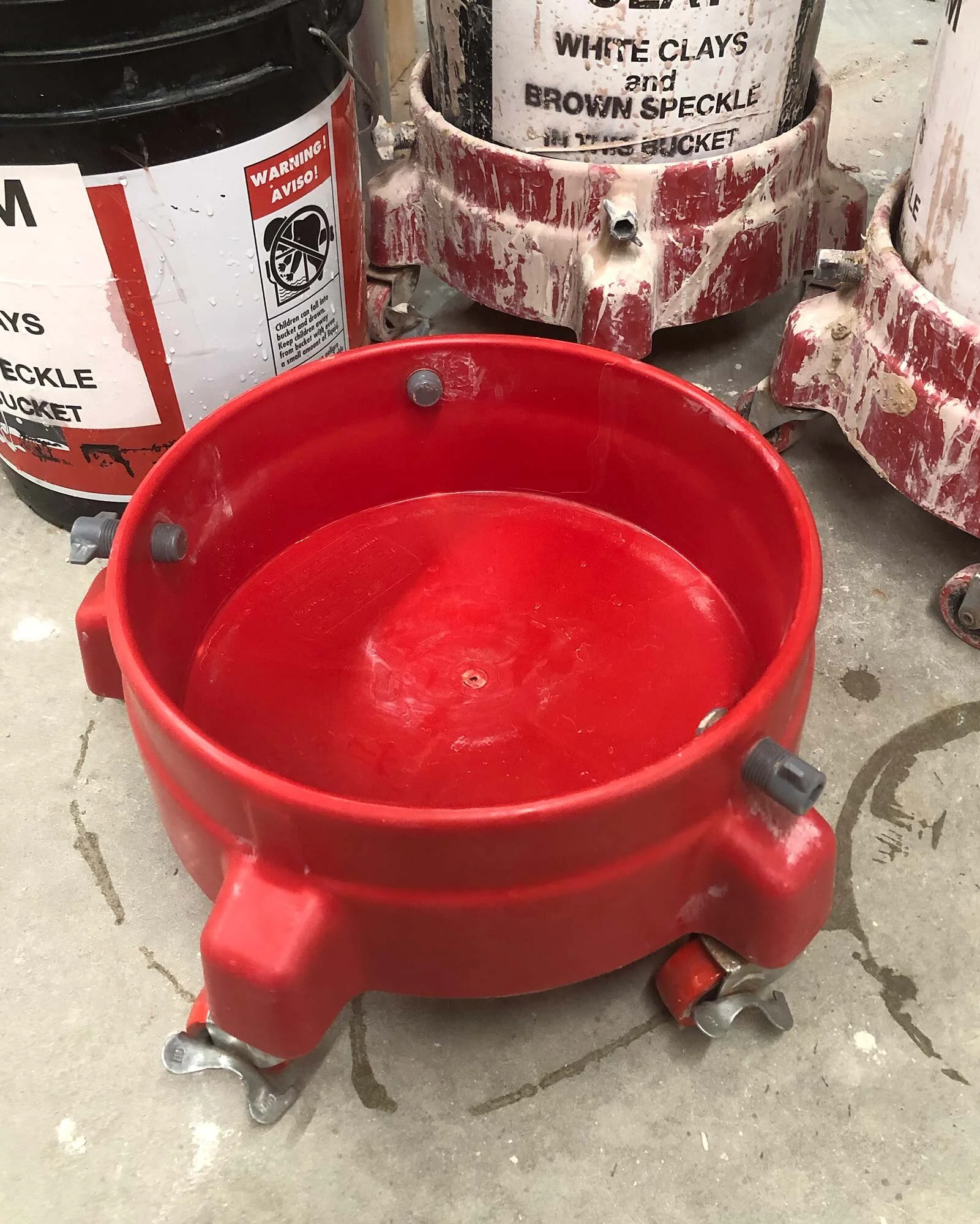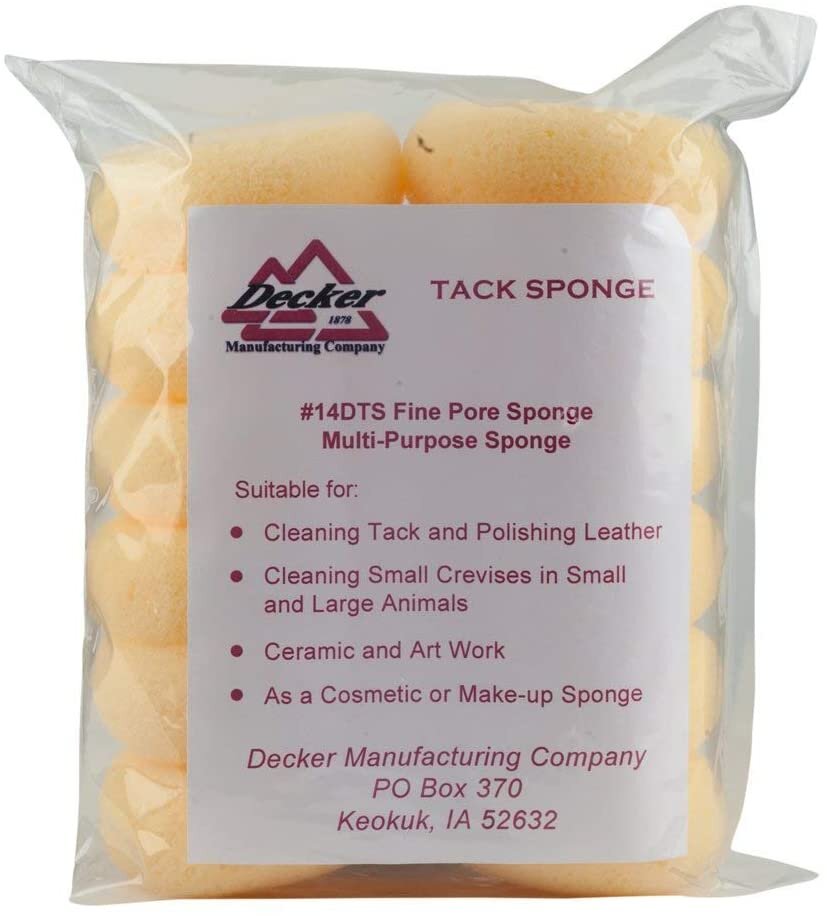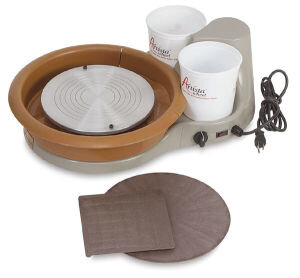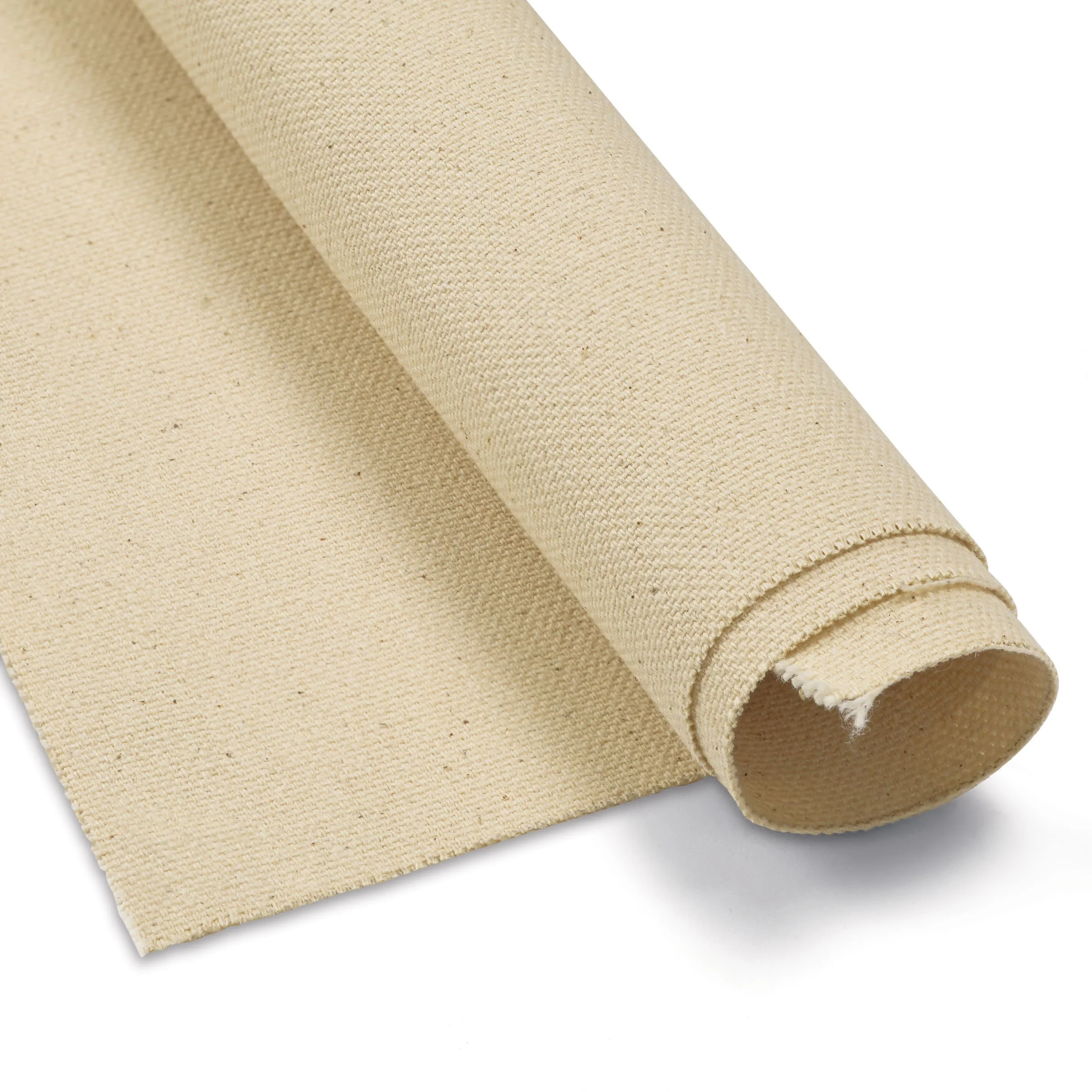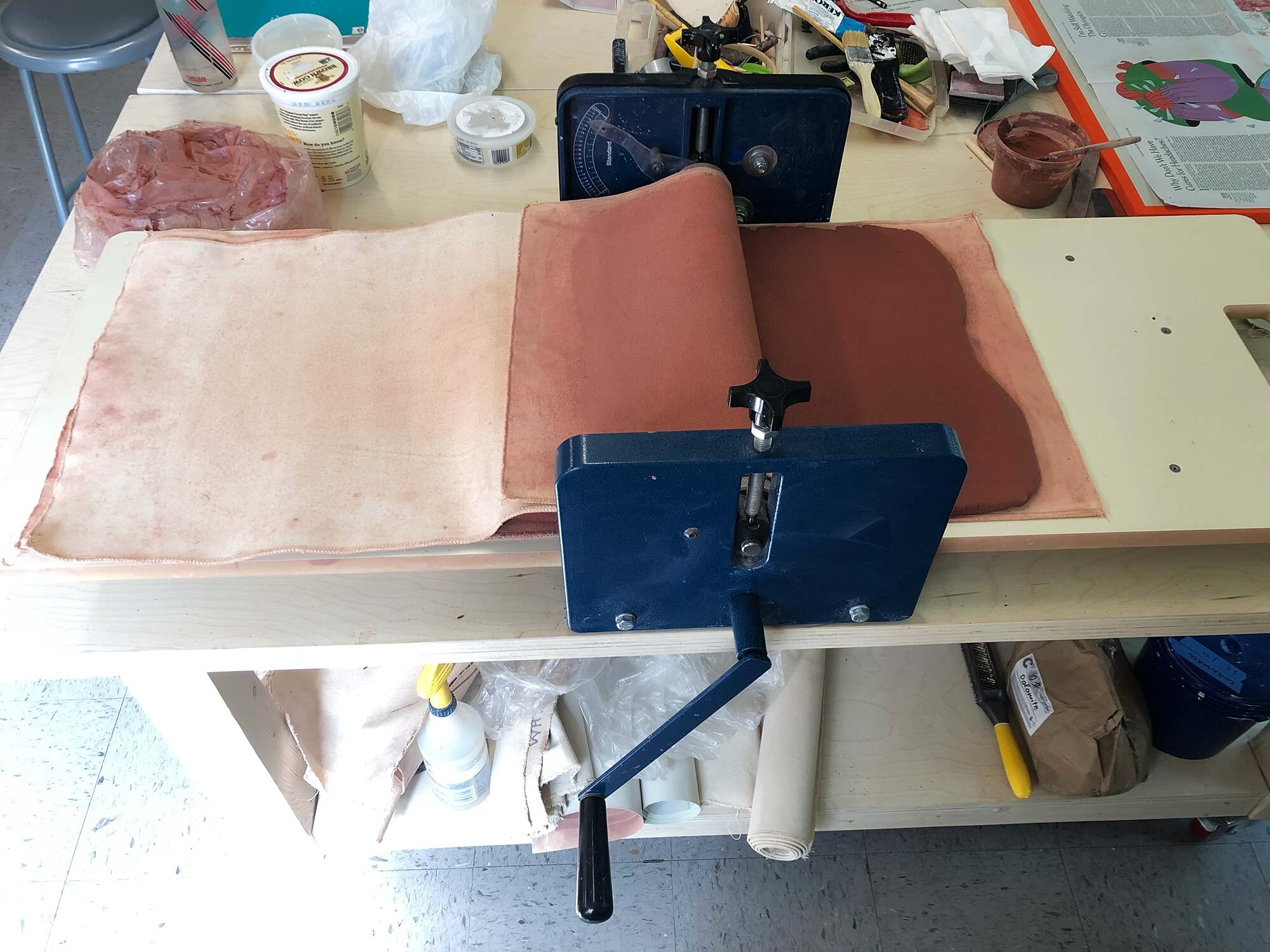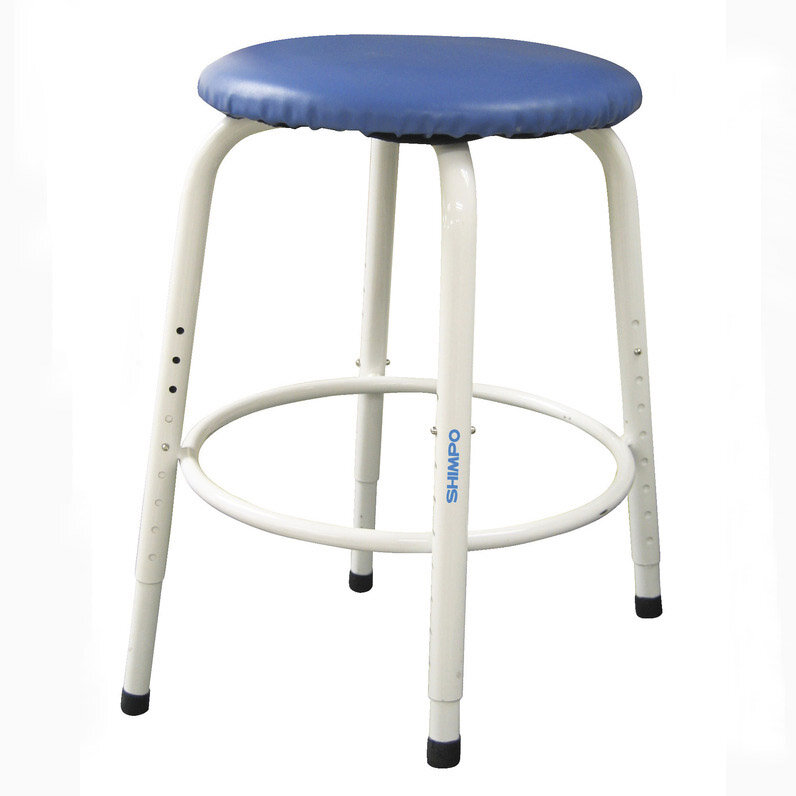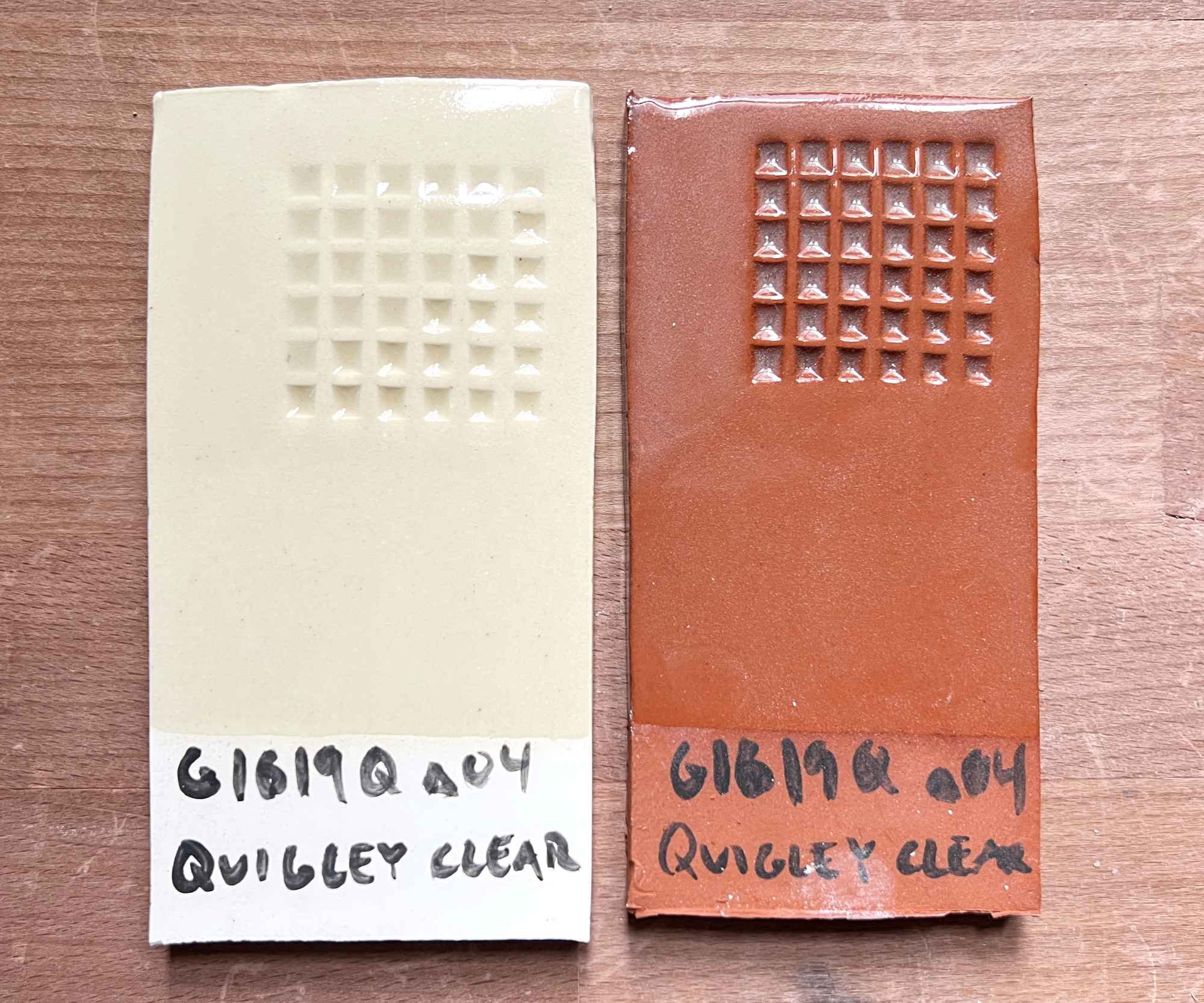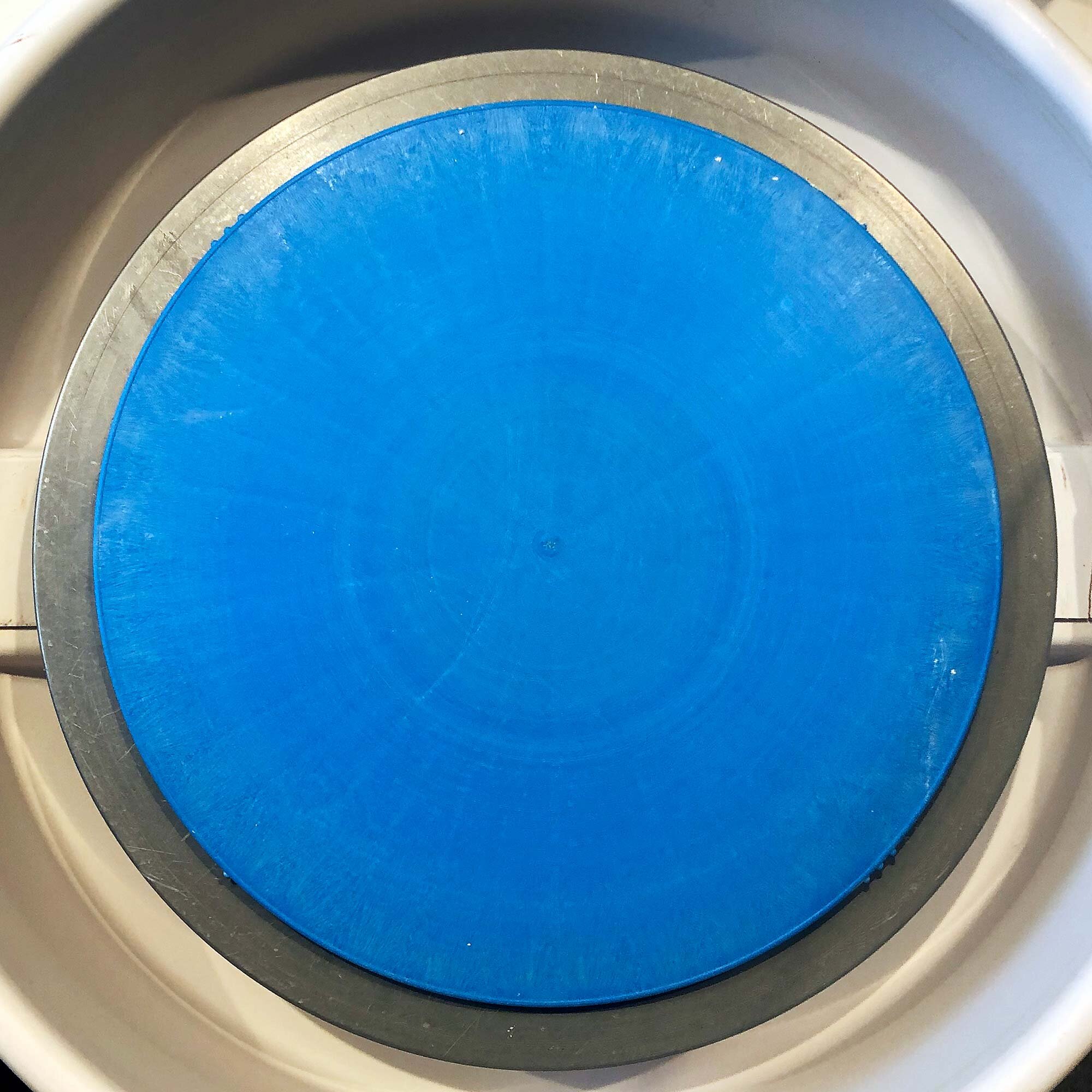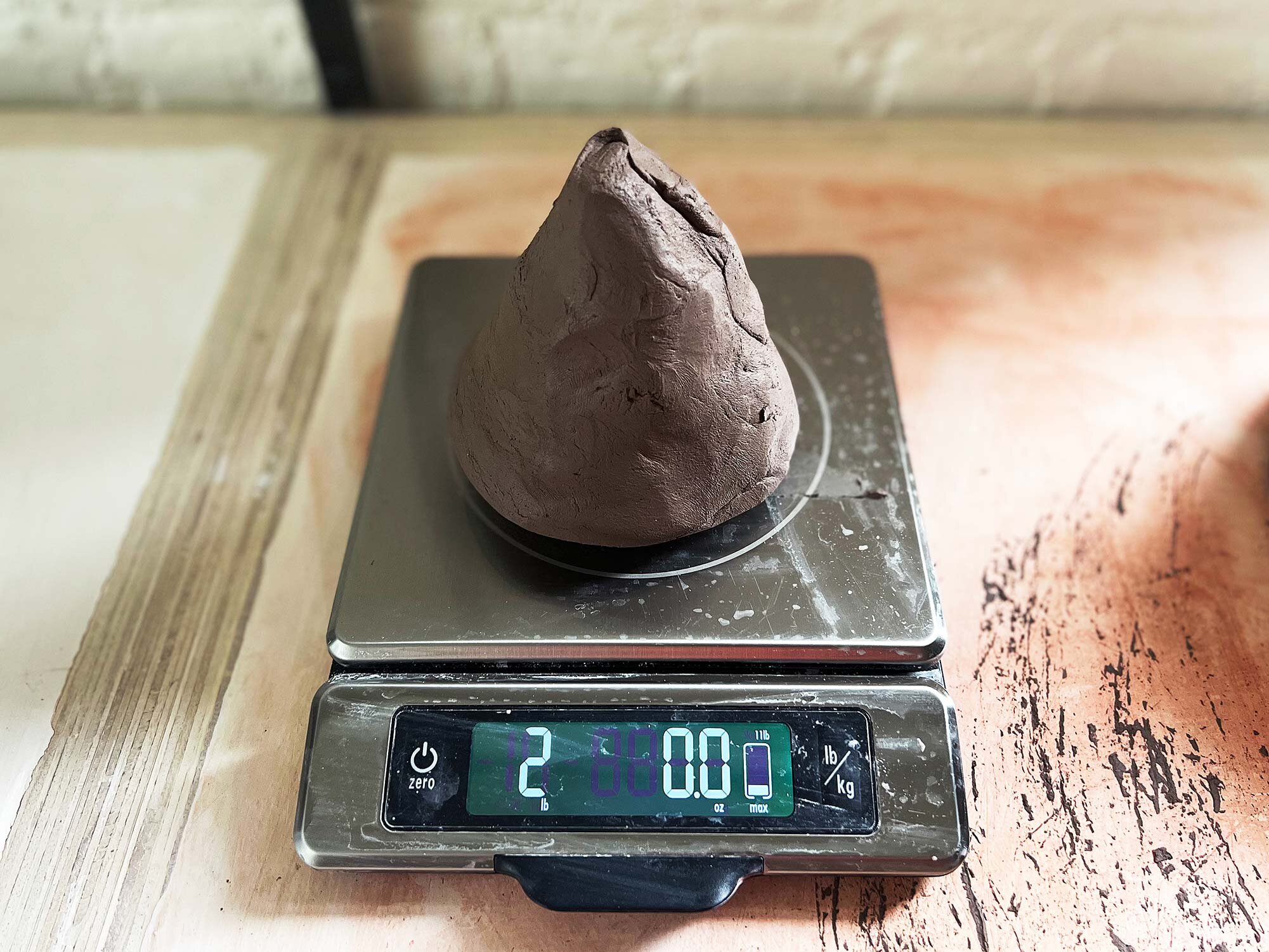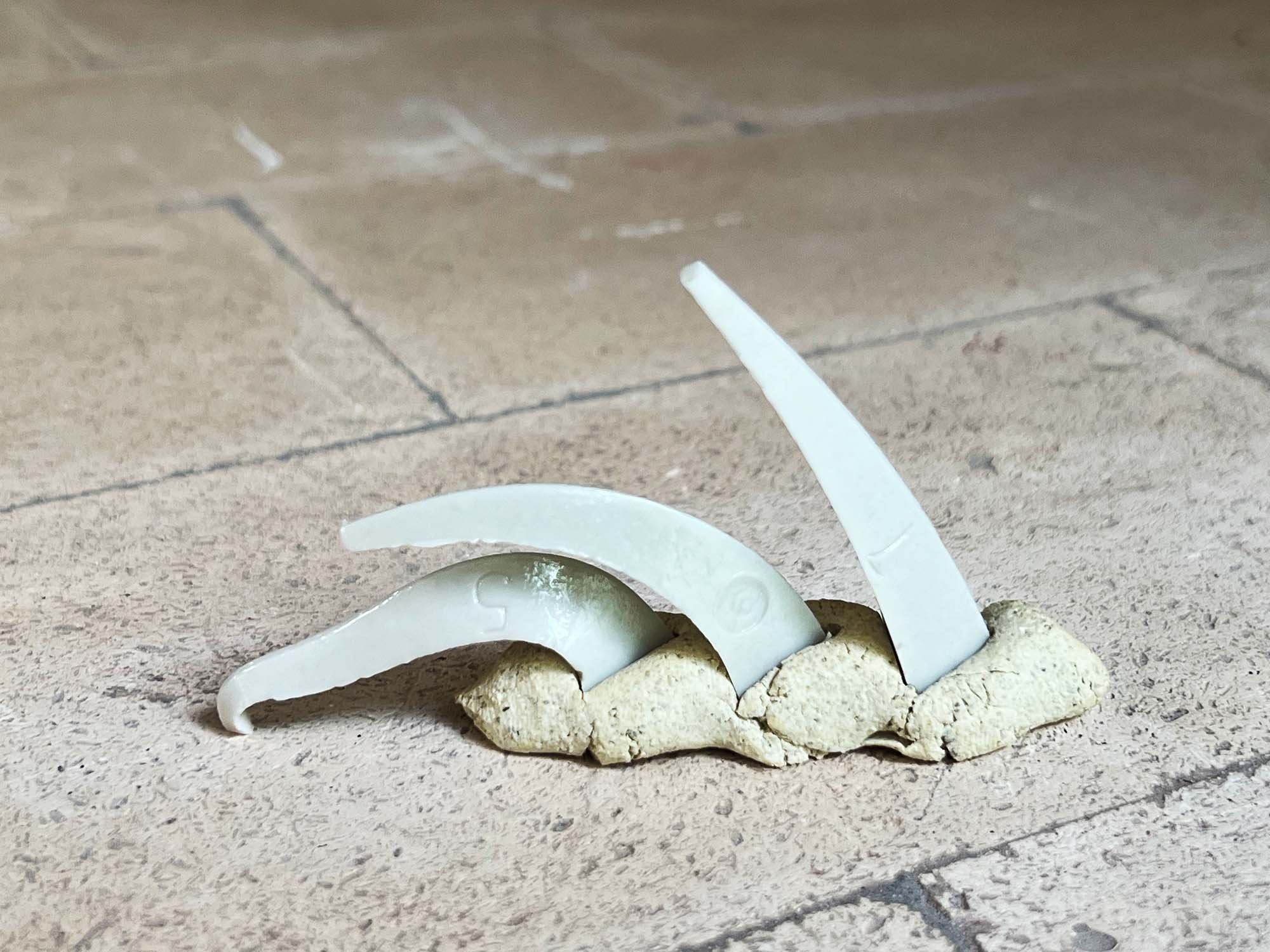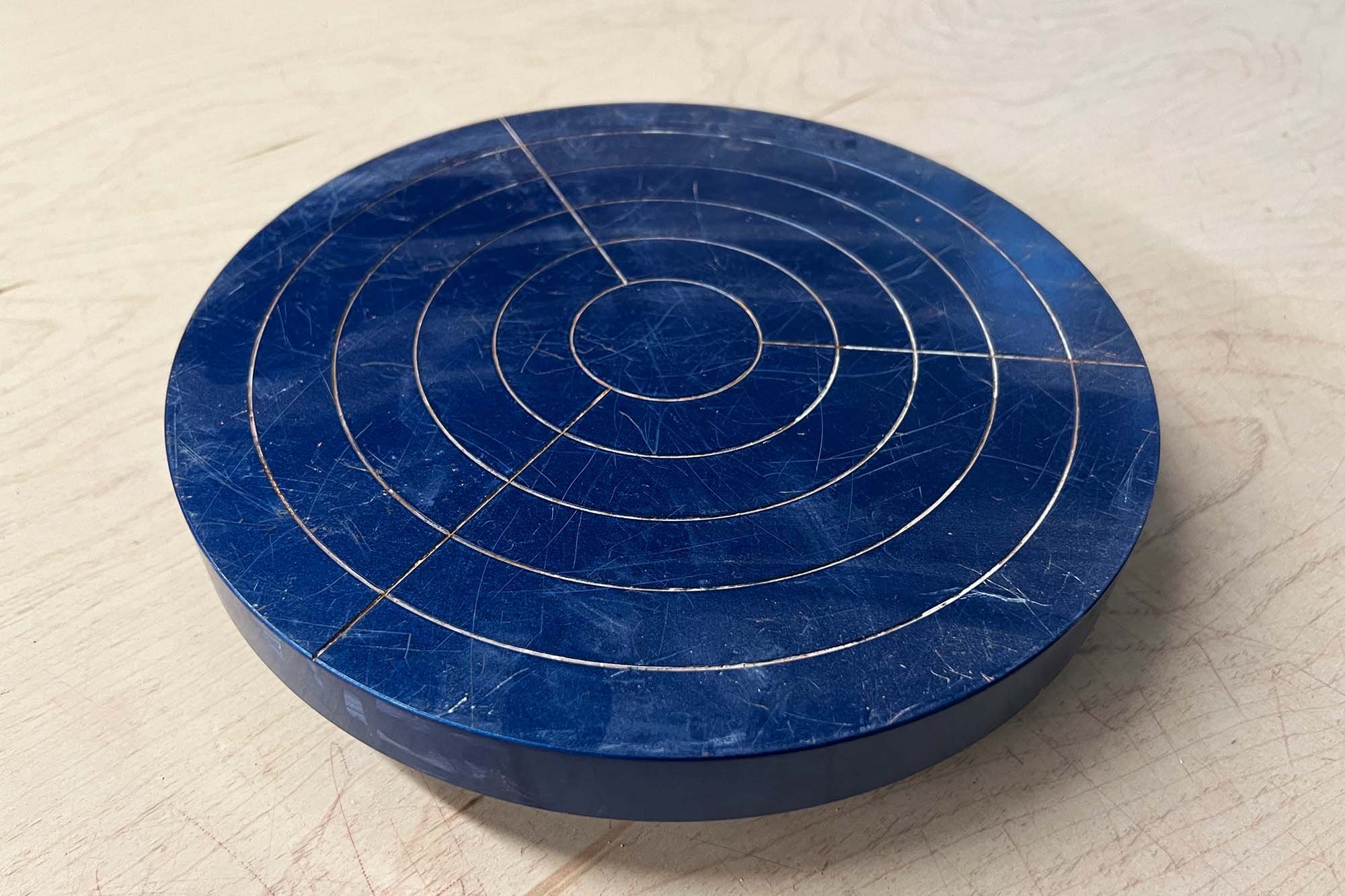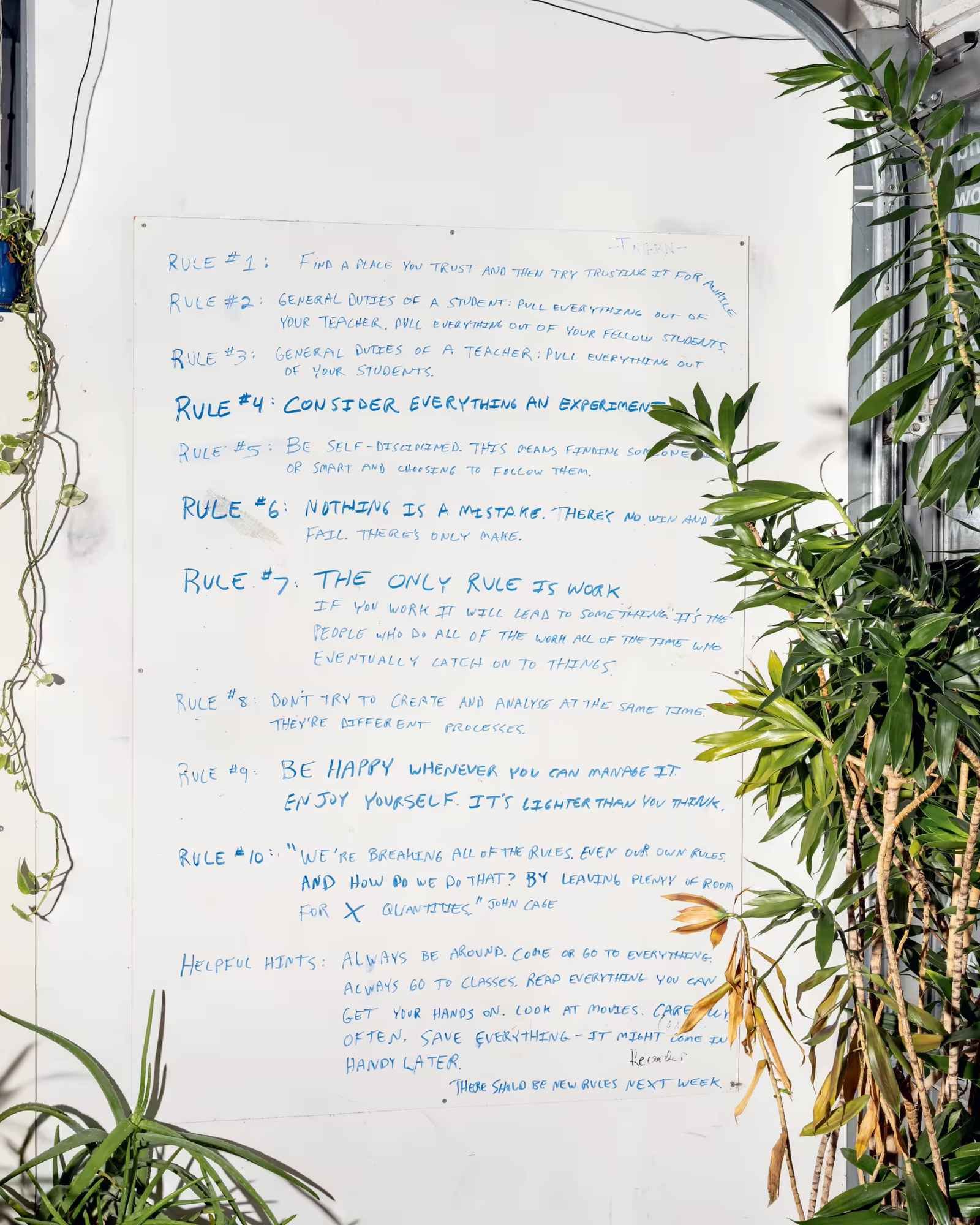Note: Originally posted 2020, updated and revised August 2025
If you work with anything that creates dust, such as clay, wood, or plaster, you need a high quality HEPA vacuum. Rather than a simple shop vac with a HEPA filter tacked on, you want a completely sealed unit that has both a HEPA filter and is certified to not be putting dust back in the air. (Some of the cheaper shop vacs aren’t completely sealed and can create hazardous air in your workspace.)
Our top pick for personal studios is the Nilfisk Alto Aero 21 HEPA Wet/Dry Vacuum or the Festool CleanTec 15 HEPA Dust Extractor. For medium to larger studios, consider the Oneida Air Systems Dust Cobra or Mini-Gorilla systems, which cost $2,000 or more but are easy to use and maintain.
All of these machines meet or exceed HEPA standards (high-efficiency particulate air) for containing particulates such as silica dust, both from the machine exhaust and other areas on the unit. You’ll pay extra for this full-unit HEPA quality but it is worth it. Inferior vacuums often have a slapped-on HEPA filter but will leak in other parts of the vacuum such as the dust collection bin, potentially creating worse air quality in your workspace. You definitely don’t want to play around with your lung health, so a high-quality vacuum should be one of the tools in your cleaning arsenal.
In addition to the Aero 21 and Cleantec 15, this post will cover a few high-quality vacuums that will work for a variety of studio and workshop situations. Expect to spend $400 to $500 or more to get the right system. This is a big outlay, but your health is worth it. And in the long run, these well-built vacuums will last for decades if treated with care, and your only ongoing cost will be replacement filters and bags. After the vacuum reviews, this post also will cover some relevant safety issue and cleaning suggestions to create the best, cleanest, and healthiest workspace.
Top Picks for Personal Studios:
The Nilfisk Alto Aero 21 Wet/Dry HEPA Vacuum is one of top picks for a personal studio, and currently retails for about $428 (Shop at Amazon)
Nilfisk Alto Aero 21 HEPA Wet / Dry Vacuum
Quick Overview: An upgraded version of a standard plastic shop vac, the HEPA version of this vacuum meets all the OSHA standards for silica dust extraction in a well-engineered vacuum. In addition to the Wet/Dry capabilities, it has a sort of “standing” style long hose. It typically retails for $428. See our complete review below.
Festool CleanTec 15 Hepa Dust Extractor
Quick Overview: The smallest and most affordable Festool Dust Extractor is a compact unit with cord and hose storage, and meets or exceeds all OSHA standards for silica dust extraction. It has a bit smaller capacity than the Nilfisk Aero 21, and is for dry dust collection only. It retails for $444 but is a great option for small studios where space is at a premium. See complete review below.
The Festool CT 15 is a more compact unit than the Nilfisk Aero 21, but is also a great unit. (Shop at Amazon)
Top Pick for Larger Studios
An industrial vacuum, the Oneida Air Systems Dust Cobra is designed to meet all OSHA HEPA requirements, is self-cleaning, and was designed with ceramic studios, wood shops, and light industrial applications in mind. It’s not cheap, generally around $2,000 or more, but the unit was designed with ease of use and utilizes off-the-shelf HEPA filters, making ongoing costs and maintenance quite affordable. See complete review below.
Table of Contents
Top Pick for Personal Studios: Nilfisk Alto Aero 21 HEPA Wet/ Dry vacuum
Upgrade Pick for Personal Studio: Festool CT 15 E Dust Collector
Top Pick for Larger Studios: Oneida Air Systems Dust Cobra system
Other HEPA Vacuum Recommendations
Classic Pick: Nilfisk GM-80 HEPA Vacuum
Further Info: Safety Considerations and Cleaning Recommendations
Summary
Top Pick for Personal Studios: Nilfisk Alto Aero 21 Wet/Dry HEPA Vacuum
The Nilfisk Alto Aero 21, a small but powerful wet/dry vacuum that can be ordered with a HEPA filter.
The Nilfisk Aero 21 HEPA Wet/Dry Vacuum is a turbocharged little shop vac that can do a lot. It’s got great suction wet or dry, and with the HEPA option, this unit will filter 99.97% of dust down to 0.3 microns, It also has a built-in filter cleaning system to extend filter life and prevent loss of suction.
This unit has a 5-gallon (20 liter) plastic drum canister and an 11.5 foot foot hose. The vacuum kit includes an aluminum extension tube, along with floor, crevice, and universal nozzles. The unit is 20 inches tall, 15 inches in diameter, weighs 16.5 lbs and has four wheels including two swiveling front casters.
Built with Nilfisk’s quality German engineering, this is one of the smallest and most affordable vacuums that the company makes. This is not an industrial machine, but for a personal studio or job site this is a great option that usually costs around $430 with the HEPA filter.
Nilfisk makes all sorts of vacuums, ranging from shop vacs to industrial-level systems. There are variations in size, suction, and other features, but the HEPA option on their vacuums maintains the filtration level of 99.97% down to 0.3 microns or higher. When ordering, make sure to select the HEPA option so that you get the proper filters needed for silica and other fine particles. You can also be assured that the machine is engineered so that there are no leaky areas for non-filtered air and dust to escape.
There are a lot of shop vacs on the market, but Nilfisk has done a great job of making a relatively affordable wet/dry vacuum that has an extremely high HEPA filtration rate. If you are working with clay, wood, or plaster, this is probably the smallest and most affordable vacuum that maintains top quality levels of small particle filtration.
The Nilfisk Aero 21 used to be much cheaper compared to the Festool CleanTec 15 (reviewed below) but now they are quite similar in price so it’s a good idea to compare the two models.
If you like the Aero 21 but need a larger vacuum, consider these options from Nilfisk:
Nilfisk Aero 26 HEPA: A larger version of Aero 21 that retails for around $520 | Shop at Amazon
Nilfisk Alto Attix 50 HEPA: Increased power and suction with adjustable suction control, $1,014 | Shop at Amazon
Nilfish Alto Aero 21 HEPA Vacuum
$428
Upgrade Pick for Personal Studios: Festool CT 15 E HEPA Dust Extractor
The Festool CleanTec 15 E HEPA Dust Extractor. Built with hose and cord storage.
Festool is a German manufacturer of high-quality power tools that is especially popular with woodworkers, and the company’s line of HEPA dust extractors is one of the best designed on the market. These vacuums would be an upgrade pick from the Nilfisk vacuums, based on both price and the standard options such as automatic tool start plugs and adjustable suction.
The Festool CleanTech 15 E HEPA Dust Extractor is the company’s most affordable vacuum with a collection size of 15 liters or just under 4 gallons. The CleanTech line also includes HEPA vacuums in larger sizes of 25, 26, 36 and 48 liter capacities, if you need a larger capacity.
The CT 15 E, like all Festool vacuums, has thoughtful features such as built-in cord and hose storage, and easy to clean filters, all in a small unit with a low center of gravity. It comes with a 5 meter long (16.5 feet) power cord, a 3.5 meter long hose (11.5feet), crevice and upholstery tools, and weighs just under 25 pounds.
The entire line is certified to meet or exceed OSHA standards, meaning that it filters 99.7% of particles down to 0.3 microns. But Festool has taken a further step to get its units independently certified to make sure that there is no leakage anywhere in the unit. This full-unit certification really gives you the peace of mind that you are not creating any hazardous air, and it puts Festool a step above the competition. Many shop vacs and dust extractors are listed as HEPA certified, but only the exhaust air is being filtered. If there is leakage anywhere else in the unit (usually where the motor section is connected to the collection bin) that can defeat the whole purpose of a HEPA vacuum. With Festool, you know the full unit is certified.
These features and certifications do come at a premium: the Festool CT 15 E costs around $450. This vacuum is a step up from the Nilfisk in cost, especially when you compare similar size collection capacities. With the Festool you get the same level of HEPA cleaning but with extra features such as cord storage. For many, Festool is the brand they turn to first and if you want top quality and safety assurance, it’s a great option for personal studios and job sites.
Festool CleanTec 15 E HEPA Dust Extractor
$444
Top Pick for Larger Studios: Oneida Air Systems Dust Cobra
The Oneida Air Systems Dust Cobra.
The Oneida Air Systems Dust Cobra is one of the best vacuums on the market for larger ceramic studios, wood shops, and other art studios. Designed in conjunction with Clayscapes Pottery of Syracuse, New York, it’s a high quality unit that will work for the avid hobbyist, educational studio, or small production facility. This unit will filter 99.97% of particles down to 0.3 microns.
The Dust Cobra is a lot bigger than your average vacuum or shop vac, but it’s on the smaller side for an industrial-quality vacuum. It would fit happily in the corner of a basement woodshop, or could be deployed at a larger academic studio or production facility. The vacuum sits on an airtight, metal drum that can be lined for easy disposal, and the drum is available in a 14 or 30 gallon capacity. The standard set-up comes with a high-quality dolly, but it can be used as a stationary tool too.
The Dust Cobra uses a rotating gravity funnel that Oneida calls “cyclonic action” to pre-filter the incoming dust and dirt and has a built-in filter cleaning system that can be deployed to prevent clogging and loss of suction. The standard kit comes with a 25-foot flexible hose that is designed to connect to tools such as a chop saw or miter saw, or it can be used as a standard floor vacuum.
Although a fully equipped Dust Cobra with the drum, wheeled dolly, and 25 foot hose starts around $2,100, the ongoing operating costs of this unit is quite affordable. All that is needed is replacement filters and plastic drum liners.
This is a durable, functional, well-thought-out unit with a target market of ceramic studios, shops using small power tools, wood shops, and educational studios. For around the same price, you can also find the newer Oneida Dust Gorilla, which is made mostly from lighter plastic components with the goal of making it easier to move around.
Oneida Dust Cobra System
4” hose
$2,100
Oneida Mini-Gorilla
Accommodates 4” to 6” hoses, but must be bought separately
$1,800 to $2,100
For more info on the Dust Cobra, check out the manufacturer’s page or watch this short promotional video below:
Other Options
In addition to these top picks, there are a number of great HEPA vacuums on the market. For dust collectors, we are not fans of the brands typically found at big box stores, and instead have found speciality vacuum manufactures to offer the best in quality and functionality. With any shop vac advertising itself as a HEPA model, you’ll want to make sure all points on the vacuum are tightly sealed and that the filter is rated to at least 99.9% filtration down to 0.3 micron particle size.
Bosch Portable 9 Gallon HEPA Dust Extractor
Bosch 9 Gallon HEPA Dust Extractor
The Bosch 9 Gallon HEPA Dust Extractor meets OSHA requirements for HEPA, and includes power tool activation if you want to pair it with another small tool so that it turns on and off when needed.
When compared by collection capacity, it is about the same price as a larger Festool CleanTec model, but it does cost more than the smallest Festool, which has less than half the capacity of this unit.
When choosing a dust collector for a personal studio, this might be a great option, it just depends on how much capacity you need and the size of the unit. Bosch is known for great quality and this unit has rave reviews from woodworkers.
Bosch 9 Gallon HEPA Dust Extractor
$539
Classic Pick: Nilfisk GM-80 HEPA Vacuum
The Nilfisk GM-80. The hose parts and attachments are interchangeable, depending on your needs.
The Nilfisk GM-80 is a classic canister-style vacuum that is used and loved by many potters, sculptors, and artists. This model has been on the market for decades, and replacement parts are readily available online or at speciality vacuum stores. Within the Nilfisk product line, it’s in between the plastic-body Aero or Attix models and the high end industrial-grade machines. Consider it sort of a light-industrial option.
The GM-80 costs around $1,600 or more, and with that you get an all-metal body and a filtration level of 99.97% down to 0.3 microns. For extra filtration, there is a stepped-up Museum version with a variable speed control and the option for an ULPA Filter (Ultra-Low Particulate Air) which filters 99.999% of particles down to 0.12 microns. Either way, any Nilfisk vacuum with a HEPA or ULPA filter will return extremely clean exhaust air to your workspace with no leakage from the unit.
For HEPA filtering, the GM-80 utilizes four levels of proprietary Nilfisk parts: a paper dust bag, a thick cotton main filter, an optional motor dust filter, and a HEPA exhaust filter. These proprietary parts are not cheap to replace. The paper dust bag ($35 for a 10 pack, Shop at Amazon) captures most of the dust, and the cotton main filter ($135, Shop at Amazon) gets just about everything else. Unfortunately, this cotton filter and the GM-80 do not self clean, and the cotton filter is not designed to be washed. You could take it outdoors to tap off some of the accumulated dust, but this is a messy situation where you’ll want to have a dust mask on. The good news is that almost no dust gets to the HEPA filter, which costs $150-$200 to replace (Shop Nilfisk HEPA Filter at Amazon). The HEPA filter is rated for 1000 hours of use. If you are vacuuming in 10 or 15 minute bursts, it will take years before you’ll need a replacement HEPA filter.
There are a few tradeoffs with this device. It is not built with cord or hose storage, so these have to be wrapped around the device. For rolling, only one of the three wheels has a full 360 rotation, so it isn’t the easiest to move. It also uses expensive, proprietary filters.
The GM-80 is a trusted, well-rated vacuum that many have used to safely remove silica dust and other fine particles for years. If you are looking for a small vacuum and want a really high level of dust removal, this is a classic option that has worked for many artists for decades.
If you like this style of floor vacuum but want a cheaper model, check out the Nilfisk GD930 HEPA Canister Vacuum for $517 | Shop at Amazon
Nilfisk GM-80
$1,624
Further info:
OSHA Standards for Silica Dust
In 2016, the Occupational Safety and Health Administration (OSHA) in the United States introduced heightened standards for silica dust, and manufacturers have responded with high-quality vacuums that are HEPA certified and include improvements such as self-cleaning filters. In practice, this means that a HEPA certified vacuum or dust collector must filter at least 99.97% of particulates down to 0.3 microns. Keep in mind though, that while many vacuums will filter the exhaust air through a HEPA filter, not all units are fully sealed and can be truly safe if you are working with fine particulates such as silica dust.
Click here for the OSHA Fact sheet on the 2016 silica dust exposure regulations. There is also a comprehensive OSHA page on silica here.
Silica-safe.org has a lot of info on how to properly work with silica dust.
Click here for Nilfisk’s page (from 2019) on silica dust exposure and OSHA compliance.
How to Clean Your Studio: Never Vacuum?
To clean up, OSHA recommends a HEPA vacuum or wet mopping. But if you look at various forums for pottery and other workshops, most comments will say “never vacuum” and instead suggest wet mopping. Wet mopping is good advice, but a high-quality HEPA vacuum designed to capture silica dust is the other recommendation from OSHA. Not recommended practices include dry sweeping, moving dust with an air hose, or other practices that introduce dust into the air. If you have a personal studio, you should follow this advice too. Therefore, whether you are cleaning the inside of a kiln, using woodworking tools, or creating dust in any way, a high-quality vacuum system should be part of your studio.
Recommended Cleanup Procedures
As mentioned before, wet mopping or using a quality HEPA vacuum are the best ways to remove dangerous particulates such as silica dust from your workspace. As detailed in our post on recommended cleanup tools, here are cleanup suggestions for workspaces:
Tables and countertops Use bench brush and dust pan to carefully clean large chunks. Then wipe clean with water and large yellow sponges.
Floors
Spot-sweep as needed with broom and long-handled dust pan.
Vacuum dust and particles with a high-quality HEPA vacuum.
If sweeping is needed, use sweeping compound to help contain dust and sweep gently. Vigorous sweeping can produce airborne dust, so work slowly and carefully.
After sweeping, then mop floors. If needed, a second mopping should get things spotless.
Kiln room
Kilns are vacuumed as needed with a HEPA vacuum.
Floors are cleaned as described above.
As kiln rooms are sources of a lot of dust from ware storage, kiln wash, kiln shelf maintenance, etc, be extra vigilant about cleaning frequently in kiln rooms.
What to do if you have an old leaky shop vac?
If you are not in a position to upgrade your old vacuum, consider a few alternatives.
1. If you have outdoor space, keep your vacuum outside and run an extra long hose into your workspace for cleanup. Wait for outside air to clear before moving vacuum.
2. Only clean up with sweeping compound, a wet mop, or water and sponge.
Your health and safety is worth it! Be very mindful of all aspects of cleanup, but a high quality HEPA vacuum as reviewed above will significantly help your cleanup routine.
Summary
To conclude, the 2016 OSHA regulations on silica dust have resulted in new and improved options for vacuums and you should consider it an important part of your health, safety, and organizational approach to your studio. An affordable model such as the Nilfisk Aero 21 HEPA Vacuum will get you a full-unit HEPA quality cleaning for not that much more than a standard, leaky shop vac. An upgrade option is the Festool CT 26 E Dust Collector, which is a well-designed workhorse. The Nilfisk GM-80 is a classic canister style unit, while the Oneida Air Systems Dust Cobra is an industrial-quality vacuum at an affordable price for that type of system.
Do you have other suggestions for HEPA vacuums? Let us know in the comments.

